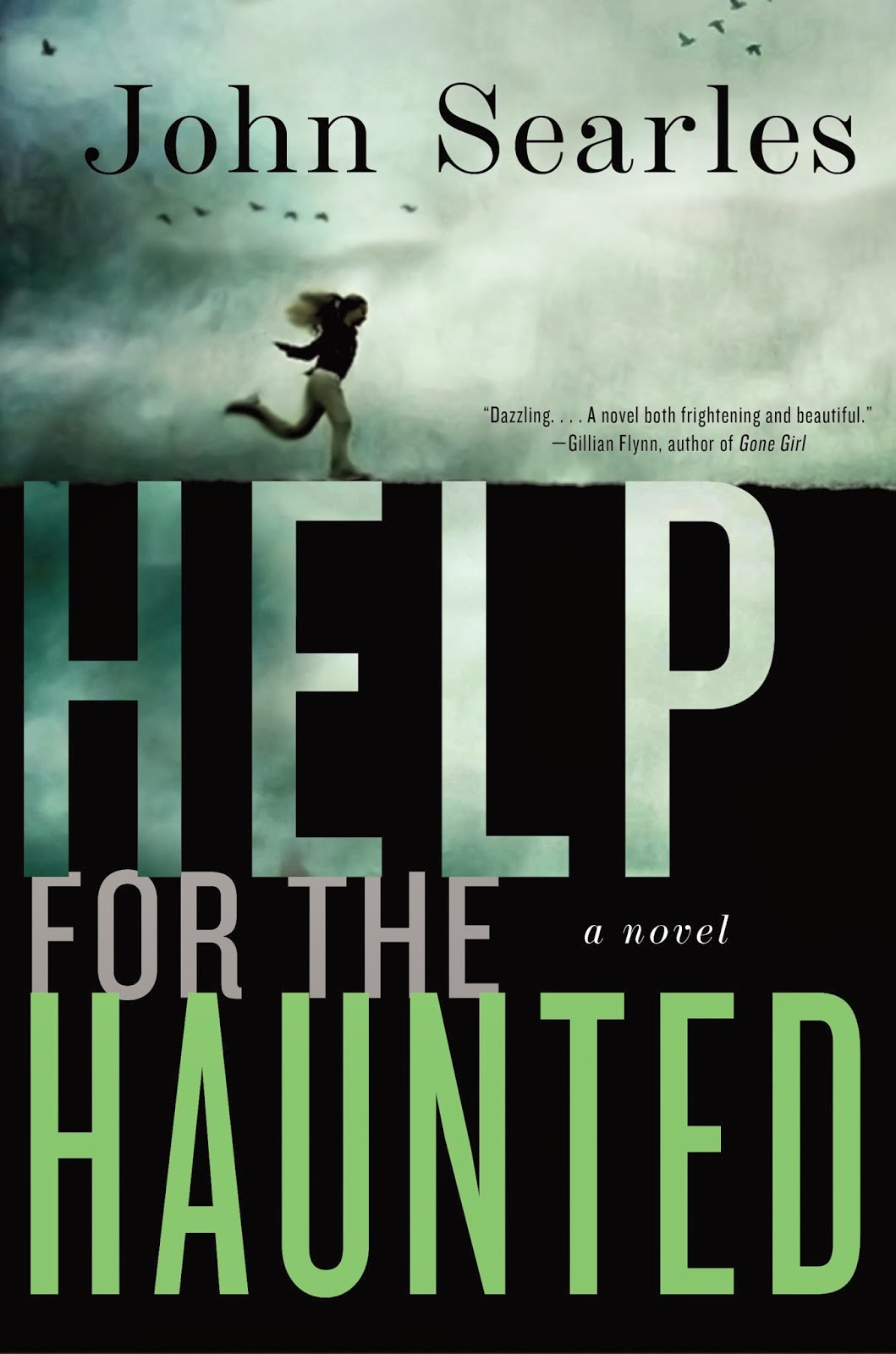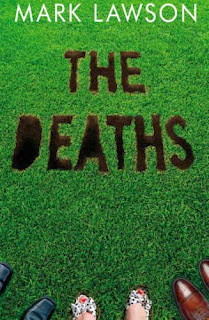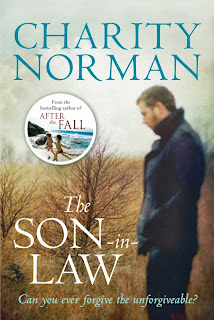I listened to John Harwood's The Asylum as an audiobook, on my iPod. When I listen to audiobooks I tend to choose children's books, crime fiction, books I've read before, or historical fiction, and The Asylum is a Victorian-set tale of mystery and suspense.
The story opens with Georgina Ferrars, a young middle-class woman, awaking in an unfamiliar room with no idea how she arrived there. It soon becomes clear that she has been admitted - albeit voluntarily - to Tregannon, a renowned mental asylum. She has no money, she doesn't recognise any of her belongings or clothes, and most disturbingly of all, everyone is insistent that her name is not Georgina Ferrars, but Lucy Ashton.
What follows is very much in the style of a classic Victorian gothic mystery - think Wilkie Collins or Sheridan Le Fanu. There are wronged women, oppressive father figures, melancholic young men, femmes fatales, mistaken identities, secret letters, hidden diaries and disputes over wills: everything you'd expect from such a narrative, almost to the point where it becomes pastiche. But there's also a distinctly contemporary perspective to elements of the story, which, while it never seems truly anachronistic, does add an extra layer of interest.
Where I feel The Asylum lets itself down is with characterisation - very few of the characters really seem much more than archetypes to me - and with its ending. The plot is packed with intrigue and the different threads of the mystery are cleverly woven together, but the ending, for all its melodrama, simply left me feeling flat.
However, Georgina's (or is it Lucy's?) plight is a nightmarish one and I'd defy anyone to start reading The Asylum and not want to know how, and if, her situation is resolved. Despite the ending, the mystery is very cleverly constructed and if you're a fan of gothic Victoriana this is an engaging read.


